Randomized trial will follow 1,000 patients to explore potential adjunctive role

For the first time, the effect of multiple lifestyle interventions on seizure control and epilepsy-associated comorbidities in adults with difficult-to-treat epilepsy is being prospectively studied in a longitudinal randomized trial.
Cleveland Clinic is a non-profit academic medical center. Advertising on our site helps support our mission. We do not endorse non-Cleveland Clinic products or services. Policy
The study — recently launched at Cleveland Clinic as a single-center investigation with support of a $5.5 million donation from the Charles L. Shor Foundation — promises to illuminate links between epilepsy and stress by assessing the discrete impacts of cognitive behavioral therapy, yoga and music therapy on seizure control.
“Almost one-third of people with epilepsy have recurrent seizures despite the use of multiple anti-seizure medications,” says Imad Najm, MD, Director of Cleveland Clinic’s Charles Shor Epilepsy Center and the study’s principal investigator. “Moreover, people with epilepsy often have cognitive deficits as well as psychosocial and psychiatric issues that impact daily functioning and quality of life, including increased levels of stress. Our study objective is to evaluate nonpharmacologic lifestyle interventions as an adjunct to standard anti-seizure medication therapy to determine whether stress relief can reduce seizures and ultimately reduce or prevent memory decline.”
Although stress has been identified as a major risk factor for seizure recurrence and decreased memory function in people with epilepsy, studies of stress-reducing interventions in this population have been subject to limitations. These include evaluation of just a single intervention modality, small sample sizes, limited or no randomization, short duration or poor characterization of participants’ epilepsy. “Our study will be the first comprehensive and large-scale investigation of this question,” Dr. Najm says.
The researchers plan to enroll up to 1,000 participants in the study and follow them for 12 months. All will be adults with a confirmed diagnosis of epilepsy and at least one seizure within the prior month. Patients are randomized into one of five groups:
All patients complete screening evaluations, neurocognitive assessment and quality-of-life questionnaires at enrollment. For those in the intervention groups, this is followed by three months of live virtual instructor-guided intervention and then nine months of self-guided intervention; control patients continue with their scheduled phone calls throughout the 12-month study period.
Patients in all groups will undergo evaluations at three, six and 12 months involving the following:
The CBT intervention aims to provide psycho-educational and behavioral health strategies to promote seizure prevention and stress management. The three months of instructor-guided intervention involve a weekly 90-minute virtual group counseling session led by a psychologist and a co-therapist. The nine months of self-guided intervention involve periodic 15- to 30-minute semi-structured phone calls with the psychologist or co-therapist.
The yoga intervention is designed to teach gentle yoga focused on meditation, breathing exercises and mindfulness techniques to foster well-being and stress reduction. Patients start by engaging in 70-minute virtual live yoga classes led by a yoga therapist twice weekly for the first month and once weekly for months 2 and 3. Patients are urged to practice on their own at home for up to 30 minutes daily on non-class days. During the nine months of self-guided intervention, patients engage in online prerecorded yoga classes.
The music therapy intervention seeks to teach development of stress-reducing skills through incorporation of music into participants’ daily lives. The instructor-guided intervention involves 70-minute virtual live music therapy sessions led by a music therapist; they are held twice weekly in month 1 and once weekly in months 2 and 3. Over the nine months of self-instruction, patients are given prompts and options to independently engage in weekly music experiences to sustain and build on those introduced during guided instruction.
The study’s primary outcome measure is seizure frequency, which will be tracked daily by all patients throughout the 12-month study duration. Secondary outcome measures are stress level, mood, anxiety, cognitive function and quality-of-life scores.
“We hypothesize that patients in the intervention groups will experience greater seizure reductions than those in the control groups,” Dr. Najm notes, “along with reductions in stress, depression and anxiety as well as improvements in cognitive function and quality of life relative to the control groups.”
He adds that if the study’s findings are positive, “that will support incorporating behavioral and wellness-based lifestyle interventions into the everyday management of patients with epilepsy.”
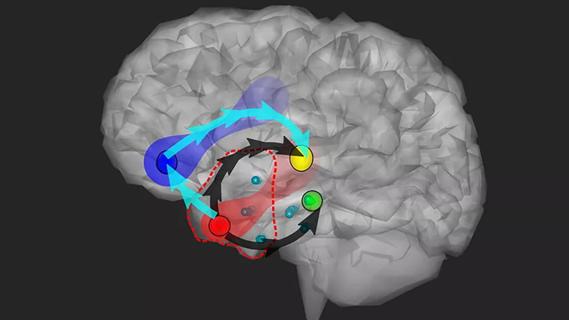
Study combines intracranial electrophysiology and SPECT to elucidate the role of hypoperfusion

Characterizing genetic architecture of clinical subtypes may accelerate targeted therapy
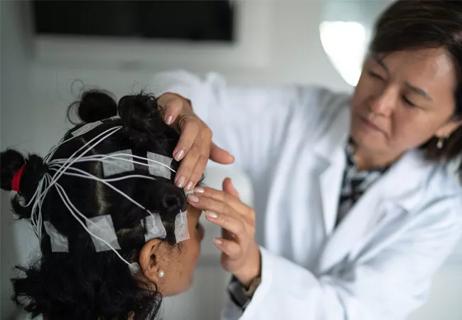
Many patients unnecessarily continue the medications for years

Pre-retirement reflections from a pioneering clinician, researcher and educator
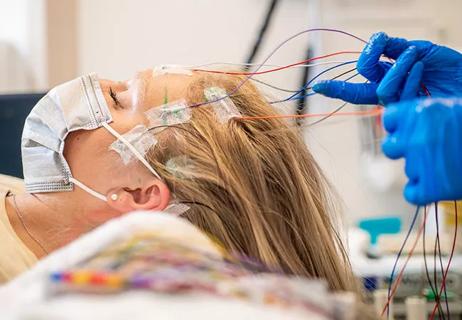
ILAE advises emphasizing options for patients with drug-resistant epilepsy
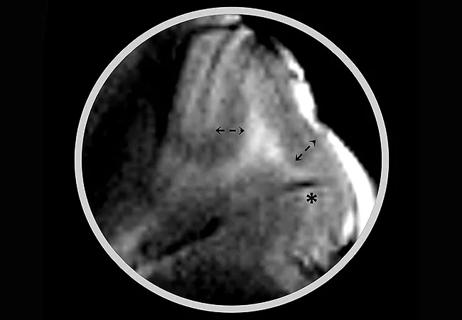
Mounting support for the newly described microstructure from a 7T MRI and electroclinicopathologic study

Confirming the diagnosis is only the start of the journey
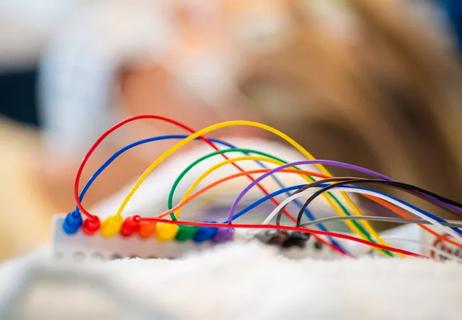
The neuroactive steroid significantly reduces seizures related to CDKL5 deficiency disorder